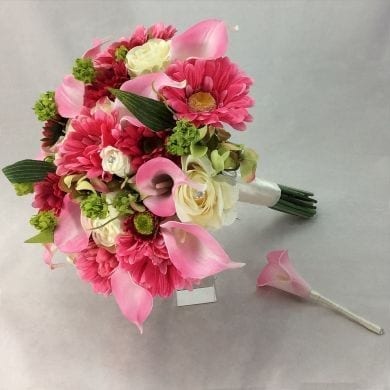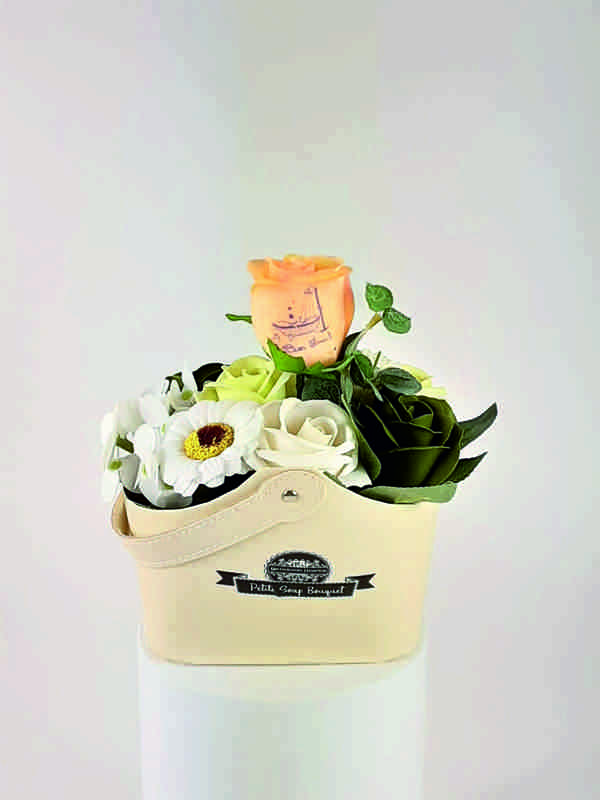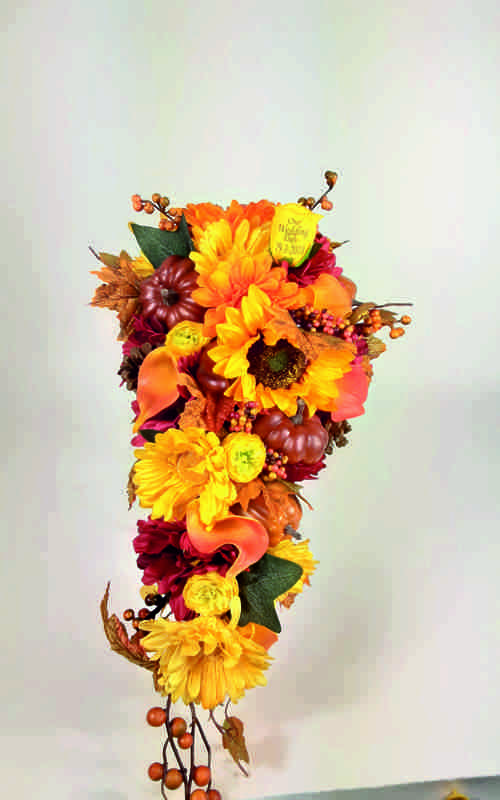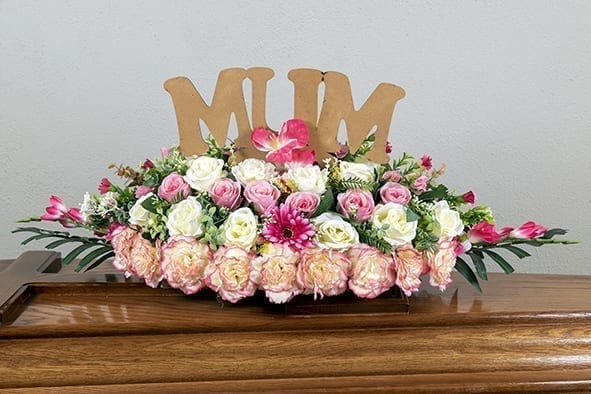Irish wedding traditions you should know!
Handkerchief
On her wedding day in Irish wedding traditions, an Irish bride historically carries a lace handkerchief, that’s later used to make a bonnet for the christening of the couple’s first child. “This treasured item often gets handed down from generation to generation, signifying Ireland’s long record with lace.”
The handkerchief may be embroidered with the date of the wedding, along with the initials of the couple. Photographed on the day, this simple, yet prized item becomes a souvenir for the newlyweds.

Image Source: https://www.pinterest.com/pin/Aekqpd2LfxtuyOJ4z5JO1NuUqCE4ftLNk07mqwLBeSLe1vtmJkxQGe_Y9bEc9vm64l6AcI3sg5_UcLzmQESL_Ro/
Blue Dress
Long before navy became the main color of bohemian weddings, Irish brides wore blue wedding dresses. Since been replaced with white signifying the color of innocence and purity, while on the Emerald Island, if you’re trying to incorporate Irish wedding traditions with your big day, and have not yet fully adapted to the Celtic lifestyle, the blue bridesmaid dress may be your best choice.

Image Source: www.onefabday.com/blue-wedding-dresses/
Horse shoe in Irish wedding traditions
The subculture of the horseshoe is widely considered in Ireland as a symbol of good fortune. Fixing the horseshoe upright over the front door or bedroom of the couple’s new abode was considered as good luck, offering success to all the residences. The Greeks related the horseshoe with the crescent moon and its symbolism of fertility. The subculture turned famous at some stage in Ireland and England, with the easily to be had horseshoe, carried by the Bride as she walked down the aisle. Today, glass and ceramic horseshoes are symbolically used widely at Irish wedding ceremonies.

Image Source: https://www.thedublinhorseshoeco.com/legend-has-it
Hand-fasting or Tying the Knot
Hand-fasting, a symbolic image of cohesion at many weddings. A historic Celtic lifestyle that dates back over 2,000 years. The rite changed into an engagement or dedication ritual, permitting the couple to stay together collectively for a year, with the option to look back over the period checking their compatibility; in the event, they were not suited, they may simply separate. Today as opposed to a cohesion candle or vows, many choose to have a hand-fasting.
The officiant locates a ribbon or cording across the bride and groom’s fingers whilst pronouncing vows of promise and dedication that they announce aloud. All 4 fingers are tied collectively.

Image Source: https://www.christinaweddings.com/packages-and-pricing/ceremony-enhancements/handfasting-ceremony-(secular)
Claddagh Ring
The Claddagh ring represents 3 beacons of marriage: Friendship in the form of hands; loyalty in the image of a crown; and love with the aid of the coronary heart. In the generational culture of Ireland, the hoop is frequently passed from Mum to daughter. The ring is worn on the right hand whilst single. The factor of the coronary heart facing south of the fingertips, till the hoop’s proprietor is in a dedicated relationship, thus the saying “Flipping the hoop”.
Upon engagement, the Claddagh ring transfers to the left hand with the coronary heart’s factor nevertheless dealing with north, when married, the hoop is flipped once more and stays at the left hand with the coronary heart pointing southwards. Other contemporary wedding day variations include a sample of nail art, embroidery on a hoop pillow, or custom welcoming favors.

Image Source: https://www.pinterest.com/pin/Ad1J6OaBCCgSddaEdaZMCxlojtXFL0cDhQtWCJBsgEl50AP2TIultq8PEMP875nCwjQSUVsrYAQu7lPpGGwvEI/
Braided Hair and Fabrics
Think of the innovative and useful methods braids can be weaved throughout your hair, or the different ornamental movements to weave fabrics. In Celtic tradition, braids constitute feminine strength and good fortune. So squeeze your internal Khaleesi and proudly entwine delicate, tricky and comfortable bohemian-styled braids to your wedding ceremony look.

Image Source: https://www.pinterest.com/pin/374713631489288125/
Wedding cake
We have rich and famed records of treasured lace, mainly assisting the Irish financial system re-build throughout the 1800s following the Great Famine. Local areas of Ireland having distinctive designs, qualities, and strategies inherited and handed down among households throughout generations. If truth be told, Irish lace has decorated Royal Weddings over the years. Queen Victoria, with the inclusion of a white Irish lace Robe for her wedding in 1840 transformed English- bridal wear, followed in recent years by the late Princess Diana and more recently the current Duchess Kate Middleton.
Regrettably most off today’s bride’s budgets may not stretch to the tune of English royalty. However Irish lace can be integrated in various ways, in the dining room, on the tables, or carried in a bouquet wrap (which like the hanky, can historically be utilized in christening the couple’s first child, nicknamed the magic hanky). Not having to restrict yourself to fabrics! Various Lace products can be represented in cake styles and stationery products.

Image Source: https://www.hitched.co.uk/wedding-planning/cakes/wedding-cake-ideas/
Origin of the Honeymoon
Historical in Ireland, newlyweds were toasted with a mead made of honey, having been given the brew to drink for 30 days, in keeping with the lunar (Moon’s) cycle. Hence the honeymoon! This special brew representing success and fertility, steeped in Ireland’s traditions and folklore warding off evil fairies.

Image Source: https://www.irishtourism.com/vacations/irish-romance-8-night-tour/
Flowers, Flowers everywhere
Irish wedding traditions with its Famous Forty Shades of Green and lush White vegetation, creating visually stunning surroundings for church and reception entrances. Bridal Party Bouquets, Buttonaires, Pew end decoration, Altar, and Table centerpieces adorn all areas of celebration. Dating back to the Middle Ages, this tradition symbolizing a new beginning for the newlyweds. Fresh strong perfume flowers were originally used to mask body odor before bathing and personal hygiene progressed to today’s standards.

Image Source: https://www.theknot.com/content/average-cost-wedding-flowers
Aitin’ the gander
You heard the term “His goose is cooked” Where did it come from? Legend has it that the Irish pre-wedding ceremony dinners with a groom and his in-laws to be, are the origin. Either after the engagement, or the night before the wedding ceremony, couples could take a seat with the bride’s family for a decadent meal of goose to seal the deal of the marriage. Once this meal was prepared and “The goose was cooked”, the groom was obliged to continue with the wedding ceremony. Since everybody loves an excuse to grub together, that is one of the Irish wedding ceremony traditions that continue right up to this day.

Image Source: https://www.pinterest.com/pin/564357397025563270/
Irish wedding tradional bells
The ringing of the bell is thought to ward off evil spirits. Another belief is the restoration of harmony following a quarrel. The chiming of the church bells spreading the word across the village celebrating the couples union. Presenting a bell to the newlyweds is likewise a conventional wedding ceremony gift. A popular gift is the Bells of Ireland plants, incorporated into the bride’s bouquet, using the language of plants to constitute luck.

Image Source: https://chanceycharmweddings.com/wedding-bells-ringing-irish-wedding-tradition/
Uilleann Piper and Celtic Harp
While the Scottish prefer their Highland Bagpipes, the sweeter and smaller Irish Uilleann Pipes are the tradition for Irish weddings, used in church surroundings creating a hauntingly gentle and tranquil sound. Dressed in kilts and complete attire, creating a stylish figure for wedding photos. Traditionally the piper plays as the guests arrive, breaking into his signature tune, announcing the arrival of the bride leading the party up the aisle. It is likewise standard for the piper to lead the couple collectively down the aisle when the ceremony is over.
Another choice is a harpist playing the Celtic harp, famed for its lyrical tone and the haunting sound of a traditional Irish tune. Symbolized as a National emblem, the Celtic harp adorns official Irish files, alongside our much sought-after Pint of Guinness.

Image Source: https://www.pinterest.com/pin/386113368046607152/
Irish Dancers an Irish wedding traditions
The sensation that has become River-dance created a whole new interest in Irish music, dancing, and song across the world. No traditional Irish wedding is complete without the inclusion of Irish dancers strutting their moves across the dance floor. It needs to be remembered that severe restrictions expressed by Catholic authorities were placed on such rituals right up till and throughout the nineteenth century, with the revival of the Gaelic traditions on and around the turn of the 20th century. Certain areas have their own popular groups that travel from wedding to wedding displaying their dancing abilities such as “The Straw Boys” here in the west of Ireland. Musically, there is a multitude of Irish songs which can be associated with Irish weddings, None more so than the poignant rendition of “She Moved Through the Fair”.

Image Source: https://www.reviewstl.com/tag/irish-stepdance/
Irish Wedding Drinks
A toast to the happy couple was always and still is, considered to be an important part of the wedding ceremony. Nowadays part of the wedding reception, Champagne is the typical beverage used for this purpose. Back in the earlier centuries, for many, Poteen was the beverage of choice. A strong locally made whiskey with varying tastes from village to village depending on local ingredients and traditions.

Image Source: https://www.weddingchicks.com/blog/st-patricks-day-celebration-ideas-l-8424-l-41.html
Kilts in Irish wedding traditions
Irish kilt tartans constitute the counties and districts of Ireland, the same as Scottish kilts range constitute the extended family of their tartan layout and color. There is likewise an Irish countrywide tartan, made well-known as a reaction to the Anglicization of the Emerald Isle with the aid of using the British. Traditional Irish weddings have a complete formal kilt outfit for the groom. He will probably put on a Brian Boru jacket (named for the Irish warrior king), a white tux blouse with bow tie, knee socks with ribbons to suit the color of his tartan, a Sporran with shamrock detailing, and Ghillie Brogue shoes. It is somewhat more conventional and famous in America for the groom to put on an Irish kilt than in Ireland. Many pipers and Irish musicians put on kilts, as do Irish dancers.

Image Source: https://scottishkiltcollection.com/wedding-kilts-perfect-outfit-big-day/
Traditional destinations for your wedding
- Ashford Castle, Cong Co. Mayo
- Belleek Castle, Ballina Co. Mayo
- Westport House Co Mayo
- Dromoland Castle Count Clare
- Lough Ryan Castle Rinn, Co. Leitrim
- Kilronan Castle, Co Roscommon
It appears that different sites may be added in Irish wedding traditions. Who knows, perhaps it is going to be possible to be married on the Rock of Cashel or the Hill of Tara – that truly would be incredible.

Image Source: https://www.weddingsonline.ie/blog/fairy-tale-castle-wedding-venues-in-ireland/





Leave Your Comment